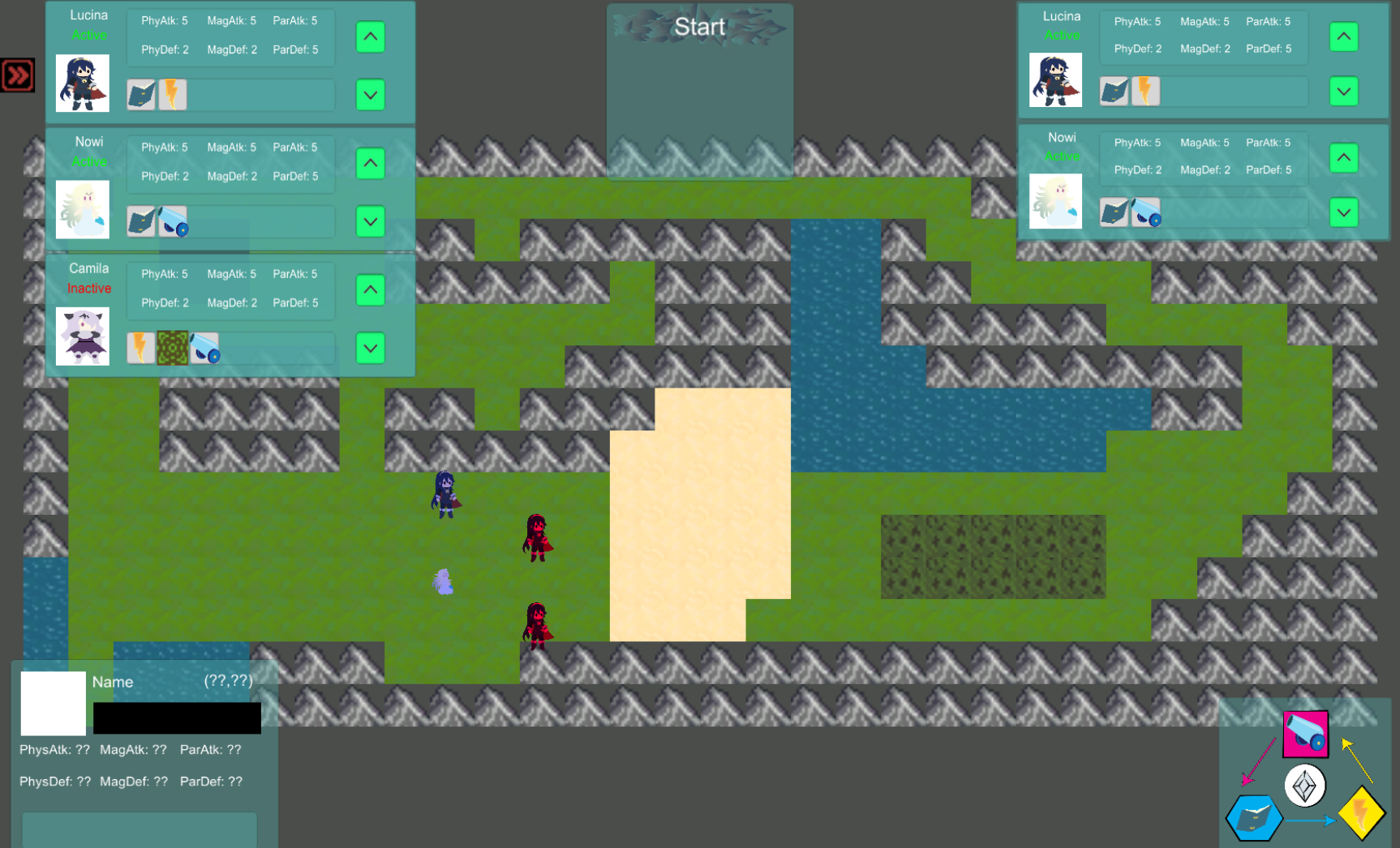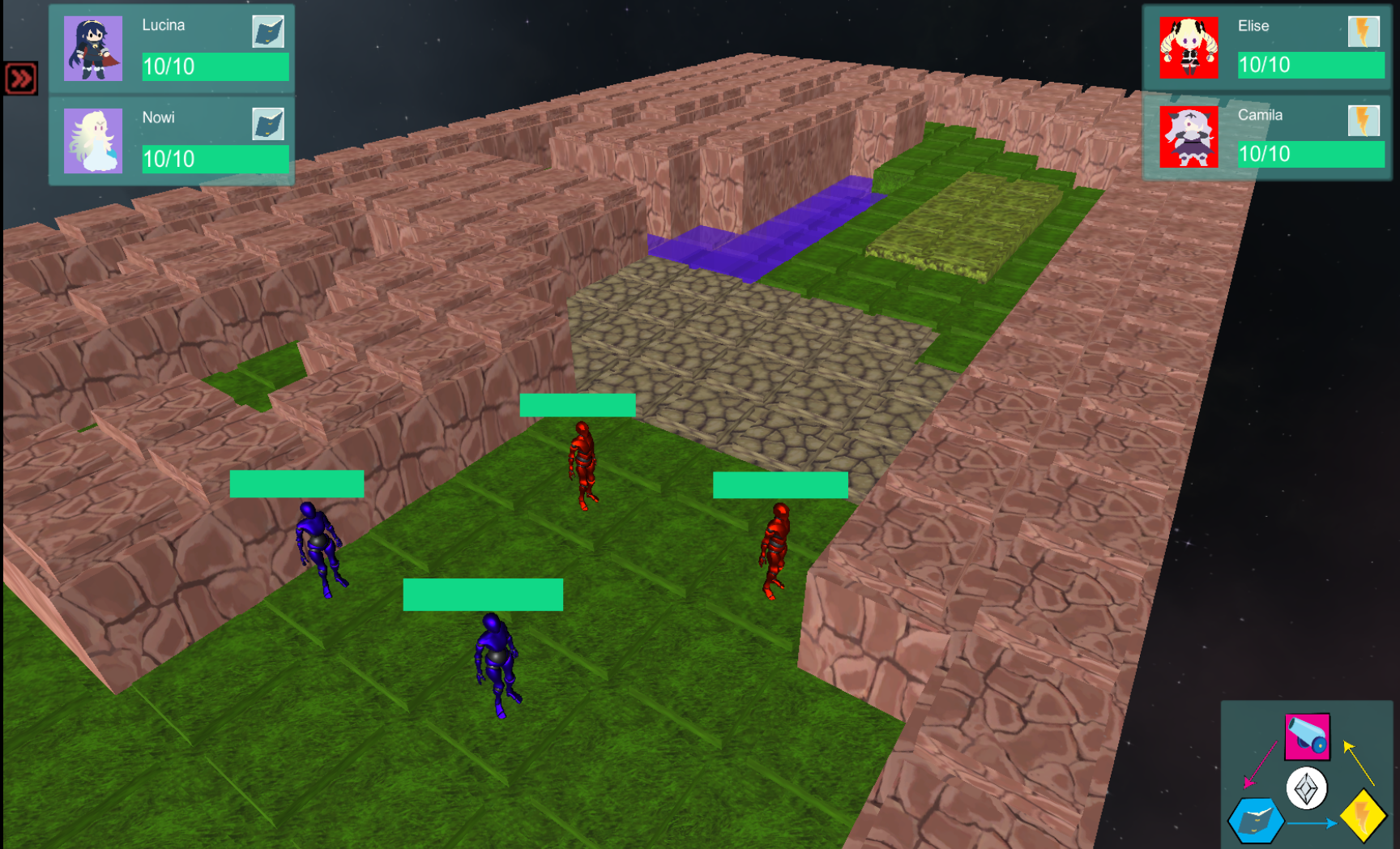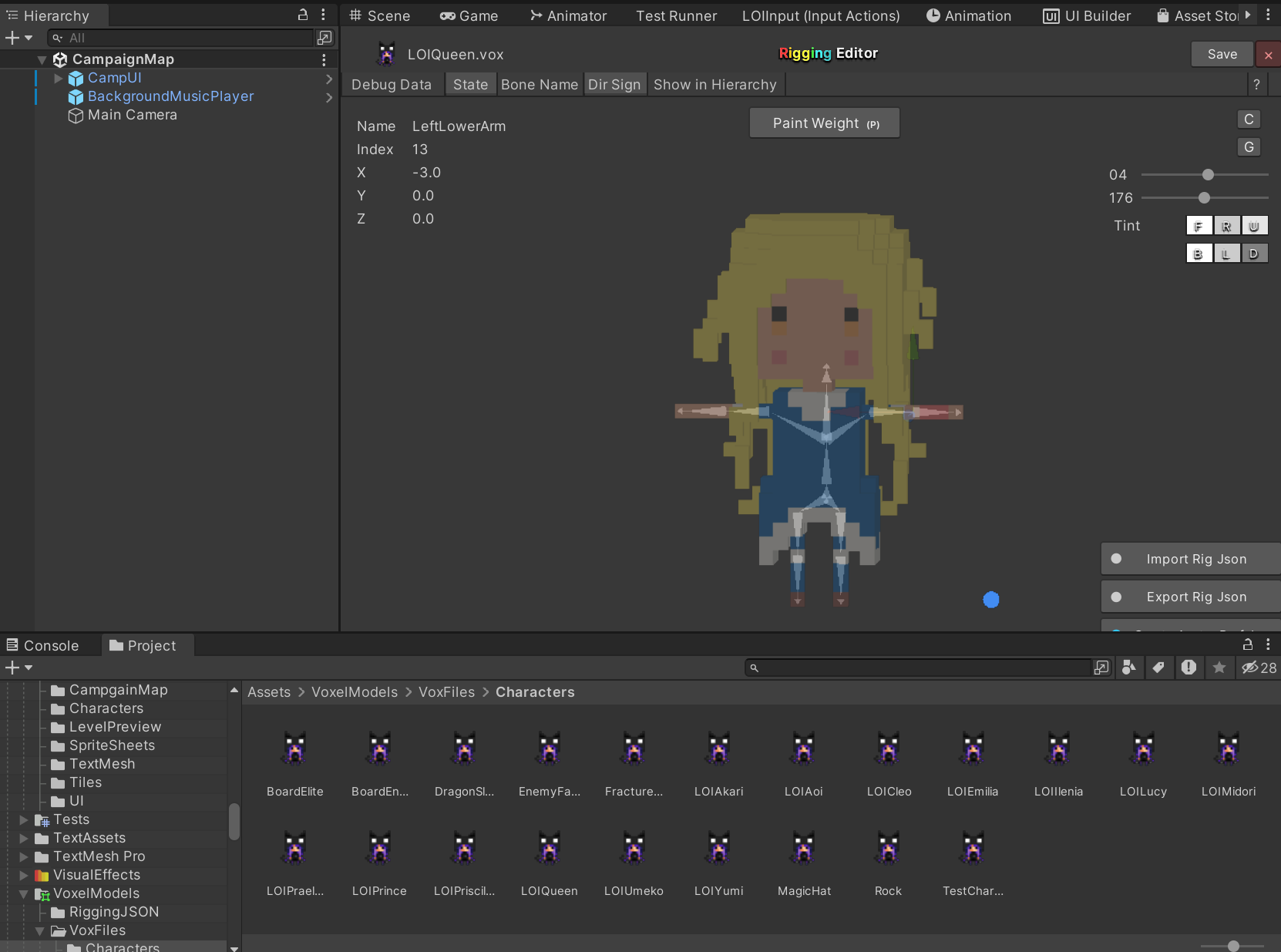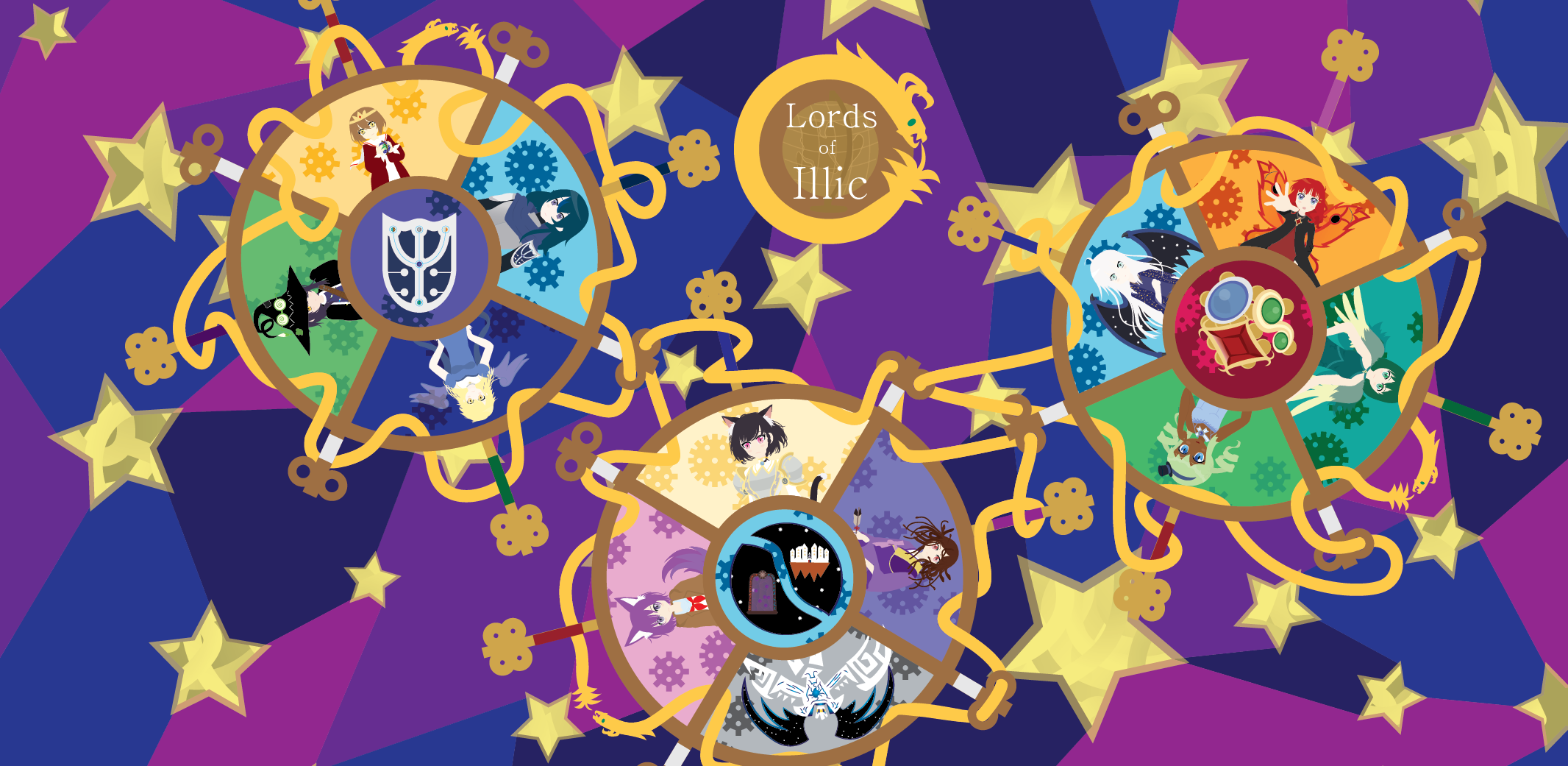Making Models in Lords of Illic
As I mentioned in the last post, I’d like to talk about the path to making Lords of Illic a 3d game rather than a 2d game. I think part of it comes down to the name. I have said this before but the name “Lords of Illic” was one I chose on a whim when I created the repository. Originally it was going to be a more balanced Fire Emblem Heroes (a ludicrous sentiment to have in retrospect, just compare the units like Sutr I was complaining about in Gen 2 to the Brave Corrin of today). So in my most basic original version I was using 2d fanart of actual Fire Emblem characters. That didn’t last long, the fact that the project was called “Lords of Illic” meant it could never just be fan made Fire Emblem Heroes. Especially as at the time I was engrossed in a reboot game of D&D called Illic Reforged.

The question became what could I do to make this poorly formed demo Illic? I didn’t know how to do 2d animation, but what I was learning at the time was Unity’s system of using 3d animations on any model. So my next step was to use the tile map to generate a 3d map.

As you can see it does not look even remotely like Illic at this point. I knew I could do better. At the same time I also knew that I couldn’t model in 3d. A friend of mine introduced me to a free program called MagicaVoxel. He liked to use it to block out 3d levels - which was important as at the time I was working on my second year major project Poppy in Paintland. With that program I could make 3d voxel models but I couldn’t rig them. For those of you who are unfamiliar with rigging it is the process of assigning “bones'' to a model which allows the animation system to map generic animations to the model. That is assigning what part of the model is the arm, which part is the leg and so on.
The first thing I tried was to use Mixamo’s rigger, but it didn’t do a very good job. So I searched around the asset store for something I could use. It was then that I found Magicavoxel Toolkit. It was a complete package which offered character generation, rigging and prefab creation in Unity. With the character generation I could see how it was sensible to build the voxel models and rig them. From there I went wild and started to make everything in Illic with Magica Voxel. Being able to realise my ideas with such simple software really puts the magic in Magica Voxel.

As I have said before even though the game looks quite complete I have always felt like Magica voxel was a compromise. In the intervening years I have looked for other solutions to bring better visual quality to Illic. I found a program called VRoid Studio, which allows a user to create virtual reality ready anime style avatars. I was playing around using these avatars in Unity on and off during the last year. I never got around to testing how well they would perform in a game like Lords of Illic since I found that while it wasn’t hard to make a good looking avatar it was a lot harder to make an avatar that looked like the characters from Lords of Illic.

(The hidden Character Cleo made in VRoid Studio - she was the easiest character to make since she wears modern clothing).
Which brings me to the real reason why I am telling this story. It is to remind myself, Lords of Illic wasn’t an idea that I had in an afternoon. It was built on years of ideas from my dnd campaigns and over a year of planning. I had many practice projects to learn skills and it didn’t take form for about a year of on and off work on it. The avatars from Vroid Studio might not fit into Lords of Illic, but maybe they can fit into another game. So I just have to let my ideas stew, look into interesting ideas and eventually I will have an idea worth putting in as much love and effort as Illic.
Until next time.
Get Lords of Illic
Lords of Illic
Are your tactics good enough to become a Lord of Illic?
| Status | Released |
| Author | OrangeDrake |
| Genre | Strategy |
| Tags | Singleplayer, Turn-based Strategy |
More posts
- Version 19.662 days ago
- Version 19.4Apr 13, 2025
- Version 19.3Mar 30, 2025
- Version 19.2Mar 04, 2025
- Version 19.1Feb 26, 2025
- The importance of spending less time doing boring thingsFeb 26, 2025
- Architecture and Testing ScenesJan 09, 2025
- Version 19.0Oct 30, 2024
- Version 18.6Oct 08, 2024
- Domain Driven DesignOct 07, 2024

Leave a comment
Log in with itch.io to leave a comment.